In late 2024, the prospects for ending the war in Ukraine or at least suspending hostilities remained unclear; however, officials from both Ukraine and its partners in the West are increasingly discussing the possibility of such a scenario.
The inauguration of US president-elect Trump on 20 January 2025 is considered the starting point for the transition of the war in Ukraine toward a lower-intensity phase and ultimately its end. Trump assured his voters of his resolve to end the war in Ukraine in the short term, hoping to exert influence on both Kyiv and Moscow. Accordingly, it is time to assess the situation of Russia and Ukraine as they begin the new year, and what tentative plans could be drawn for ending the war.
The situation on the front
As of December 2024, the Russian armed forces continued exerting pressure on Ukrainian troops on several axes at once. In the first days of 2025, the situation remains tense in the Pokrovsk, Kurakhove, Lyman, Vremivka, Toretsk, Zaporizhzhia, and Kursk directions. Obviously, the Russian command continues to disregard the high casualty toll, throwing more manpower into the meat-grinder in order to capture as much Ukrainian land as possible by the time Trump is inaugurated. This strategy aims to secure a more advantageous position for the potential onset of settlement negotiations, allowing Russia to assert stronger demands. As if to confirm this, a significant intensification of hostilities along the frontlines has been observed since mid-December. The total number of clashes along the entire front is roughly 300, although in November and early December, the number varied between 153 to 227, demonstrating that Russia is pursuing assaults practically along the entire front line.
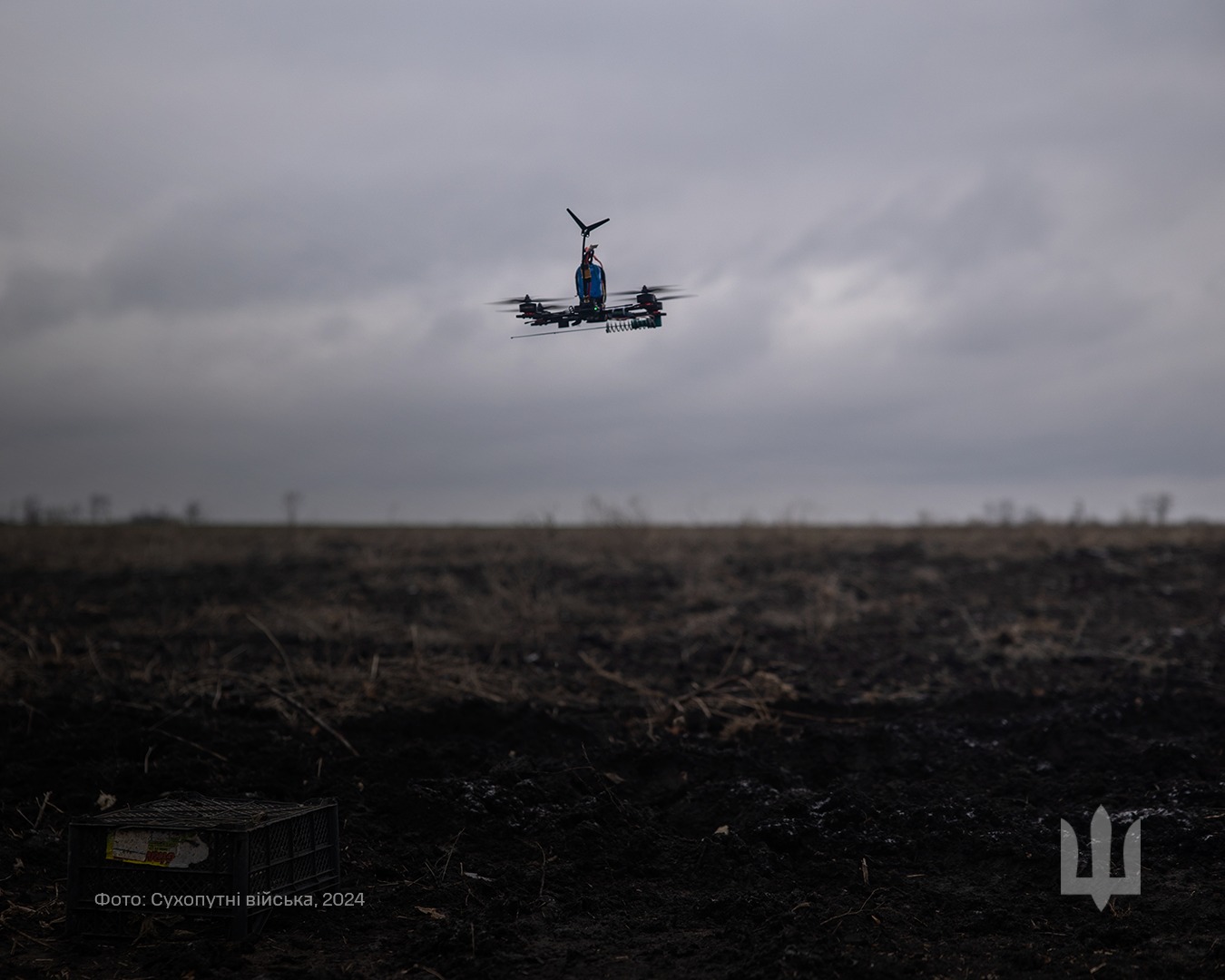
The Russian army is also becoming more active in the Zaporizhzhia region, in particular, on the Orikhiv axis. According to Ukrainian intelligence, the enemy is amassing troops and hardware in the area for assault operations. Also in the Zaporizhzhia direction, the Russian armed forces have increased the number of artillery strikes and air raids. The situation around Kurakhove remains tense as the Russians maintain their assault momentum. According to Ukrainian military estimates, the Russians have massive superiority in terms of hardware and manpower in the area while their advance enjoys constant air support. Capturing this town is also among Russia’s priorities.
Intense infantry battles are also continuing near the town of Toretsk, in Donetsk region. Russia has moved a massive force to the area to seize the town, applying the same tactic of small-unit assaults without armoured support, only backed by unmanned aerial vehicles (UAVs) and artillery. It has been observed that the Russian command applies several tactical solutions in their attacks on Ukrainian positions, including pincer movements to encircle settlements or certain areas in order to force the withdrawal of defending troops or otherwise face encirclement, as well as assaults using small infantry units, which, apparently, the Russian regular army adopted from the Russian private military company, Wagner Group.
Such approaches primarily aim to capture as much territory as possible, rather than to minimising casualties and equipment losses. According to the spokesman for Ukraine’s Luhansk Grouping of Troops, the Russians on the Toretsk axis saw a mechanised battalion’s worth of soldiers killed or wounded in action, that is, around 500, during one week of assaults. However, these tactics yield results only if command has a constant supply of reserves to make up for casualties. Consequently, containing such an offensive by the Russians is a formidable challenge. As observed in the Toretsk area, continuous shelling and UMPK glide bombs turn defensive positions in urban settings into ruins, rendering it unfeasible to hold them for much longer.
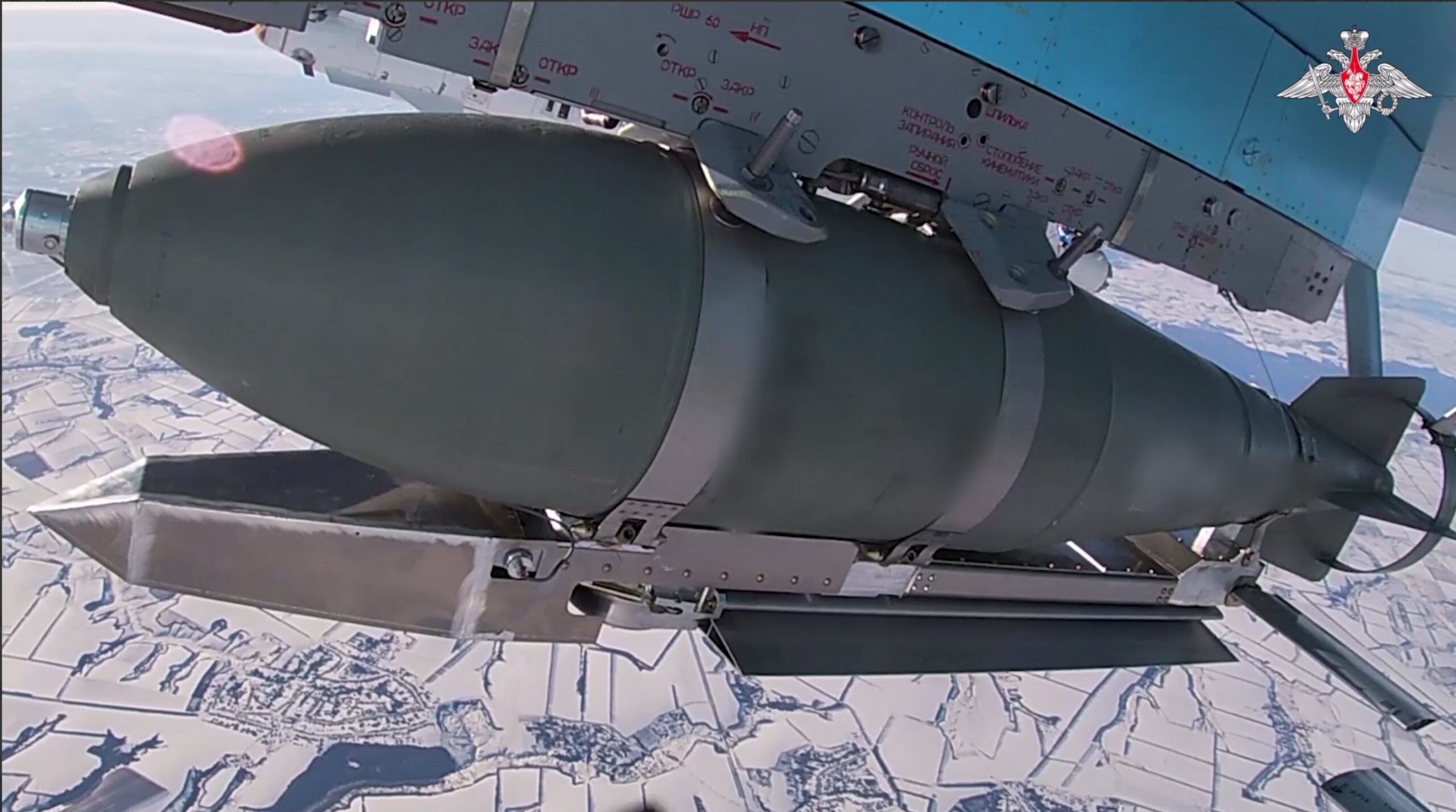
The situation in Russia’s Kursk region, where the Ukrainian Armed Forces continue to hold the captured bridgehead from constant Russian attacks, should be considered separately. It is likely that the Russian command will try to dislodge Ukrainian troops from these areas as quickly as possible in order for these territories not to become a bargaining chip in potential peace negotiations. Although the Russians are transferring individual units to this area from the Pokrovsk and Zaporizhzhia directions, over 11,000 North Korean soldiers were also deployed there. As expected, on 14 December 2024, the first group of DPRK troops, with fire support from the Russian Army, were involved in infantry attacks in the Kursk region, near Sudzha. As can be seen from the first published videos of such attacks, Russian commanders are throwing North Koreans into battle using the tactics of mass infantry assault across open terrain, which logically leads Ukraine to intensively employ artillery and cluster munitions. Yet despite casualties and the language barrier, Russia continues using North Korean soldiers in assault operations.
Long-range strikes inside Russia and missile attacks on Ukraine
In parallel to the active hostilities in multiple areas of the front, both Ukraine and Russia pursue missile and drone attacks on targets far behind the frontline with Russia continuing its systematic strikes on Ukraine’s energy infrastructure. In particular, the Russian missile strike on 13 December 2024 was one of the largest attacks to date, forcing five of Ukraine’s nine operating nuclear reactors to reduce its generation capacity. Aside from missile attacks, almost every night, Russia launches dozens of Shahed one-way attack (OWA) drones, causing hours-long air raid alerts across Ukraine. Along with the Shaheds, which are armed with an explosive warhead, Russia has also modified its tactics to employs decoy targets – Parodiya and Gerbera UAVs – which might make up half of the drones launched in each barrage. However, since the military effect of such attacks is dubious, their main goal is most likely to inflict further psychological pressure on the civilian population.
In November 2024, Ukraine finally received support from the United States to strike targets inside Russia using ATACMS missiles. Washington took the decision immediately after it was confirmed that North Korean troops were being dispatched to the Kursk region. In response, Moscow announced the possibility of strikes on Ukraine using a new weapon that had not been used before. As of mid-December, several ATACMS missile strikes successfully hit targets inside Russia, notably two strikes in the Kursk region, one on the Bryansk region, and one on a military airfield in Taganrog, Rostov region. The very fact that such strikes are occurring is painful for the Kremlin and inconvenient for its propaganda machine to explain, since it is a challenge for Russia to effectively intercept ATACMS missiles. It is also nigh impossible to protect all important targets in the relevant range with air defence systems capable of shooting down ballistic targets.
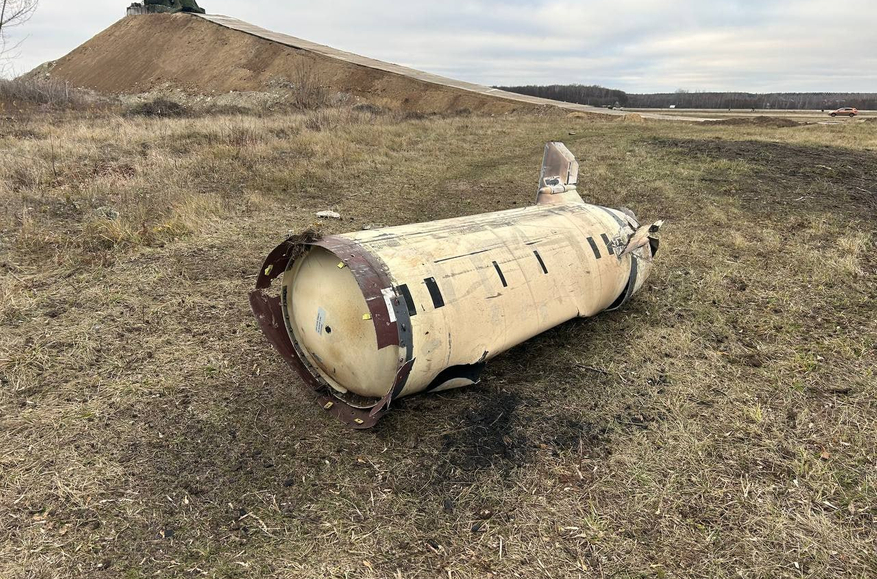
This trend of intimidation continued at the level of Russia’s leadership. Describing the test of the new missile as a response to “NATO’s aggressive actions against Russia”, Vladimir Putin announced plans to establish serial production of Oreshnik, emphasising the development of non-nuclear deterrent forces. However, the question remains regarding the combat effectiveness of a non-nuclear IRBM that is significantly more expensive and complex than the Iskander, Kalibr, or Kinzhal missiles already in service, which are capable of achieving similar effects. The Kremlin probably needed to showcase the new weapon to further intimidate Europe and NATO, since Russian media immediately began to calculate the time it would take for the Oreshnik to reach European cities.
One way or another, European countries will have to take this threat into account, since it is considered unlikely that PATRIOT systems will be capable of dealing with this threat, and other options such as THAAD or Aegis Ashore ballistic missile defence (BMD) systems may be required to this end. It is also questionable whether the intimidation worked with Ukraine, where the population has already suffered many thousands of attacks. After the Oreshnik strike, the Ukrainian Defence Forces continued hitting military targets in Russia, including using unmanned systems, whose combat range is constantly increasing. Recently, a modified OWA drone successfully struck targets in Grozny, the capital of Chechnya, namely the barracks of the Akhmat Kadyrov regiment and a SWAT base. According to estimates, the flight range of such a drone can reach 1,300 km, which puts even more military targets and defence firms on Russian territory at risk.
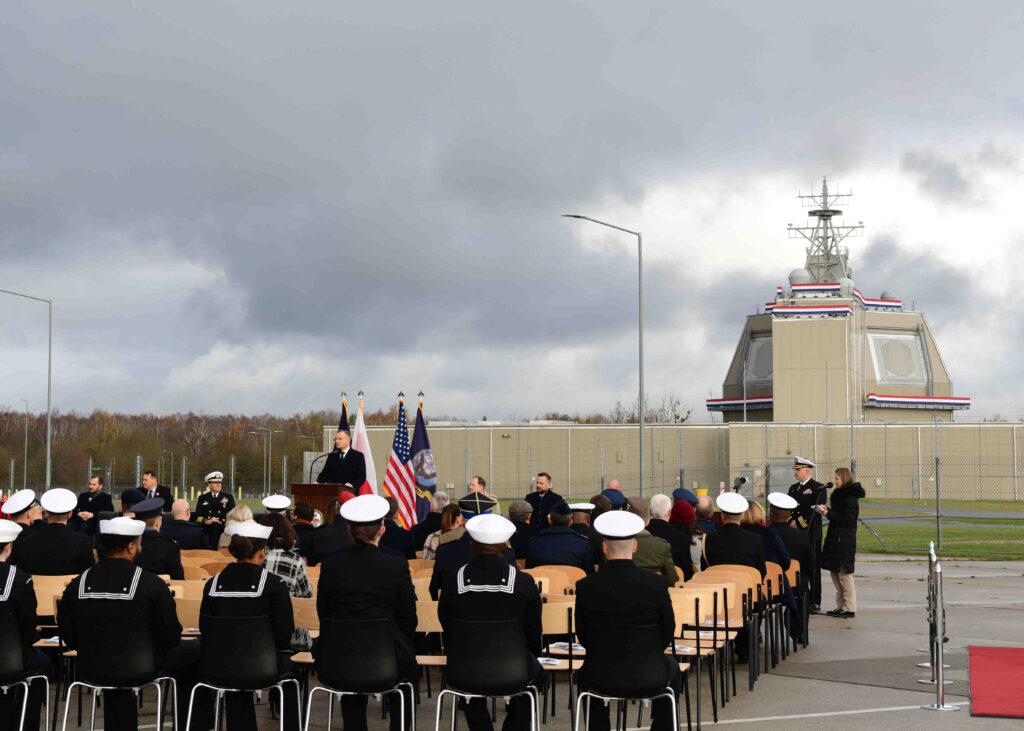
Plans to end the war in Ukraine
As we can see, the improvement of military tech and methods of countering them remain an ongoing race. However, politicians in Ukraine, Russia, Europe, and the United States are making more and more statements regarding the possibility of holding negotiations to settle the war. Preliminary versions of peace conditions revolve around security guarantees for Ukraine, from allowing the country to join NATO, to deploying a European peacekeeping force.
It was previously reported that the Alliance plans to increase military assistance to Kyiv to strengthen its negotiating position. A similar stance has been voiced by the Biden administration, which in the last weeks of its term is working to increase arms supplies to Ukraine. At the same time, US President-elect Trump has hinted that he will also continue supporting Ukraine once in office, and it is likely he will use this support as leverage in talks with Putin and Zelenskyy.
However, while the fine details of a possible Trump peace deal remain to be seen, the basic idea being discussed thus far involves freezing hostilities along the present line of contact. To provide a security guarantee for Ukraine, there are voices in the EU which favour deploying a peacekeeping contingent from NATO countries along the line of contact. However, it is still unclear how such a scenario could be practically implemented. Therefore, most likely, such a force could consist of troops from individual allies, rather than under the auspices of the NATO, since that would likely serve as a red line for Moscow. Perhaps, to make such a scenario even more realistic, Collective Security Treaty Organisation (CSTO) troops could be deployed on the other side of the ceasefire or demarcation line.
Naturally, Ukraine joining NATO, at least without the territories occupied by Russia, would be an optimistic scenario and a valid guarantee that the war will not spread farther. However, Trump’s team thus far does not appear to be showing real interest in this option at the moment. It is also difficult to imagine a consensus among all allies regarding Ukraine’s accession in the current situation. At the same time, it is obvious that the goal of the Ukrainian side on the eve of a possible settlement will still be to obtain effective security guarantees in order to deter Russia from attacking again. Additionally, improving Kyiv’s military capabilities should probably be the focus of this formula. In turn, the lack of such capabilities will weaken the overall ability of European nations to hold Russia back in the future. Meanwhile, according to the latest statements by the Russian defence chief, Russia is eyeing the possibility of direct military confrontation with NATO on European soil in the coming decades.
Alex Horobets




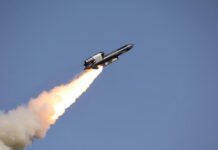
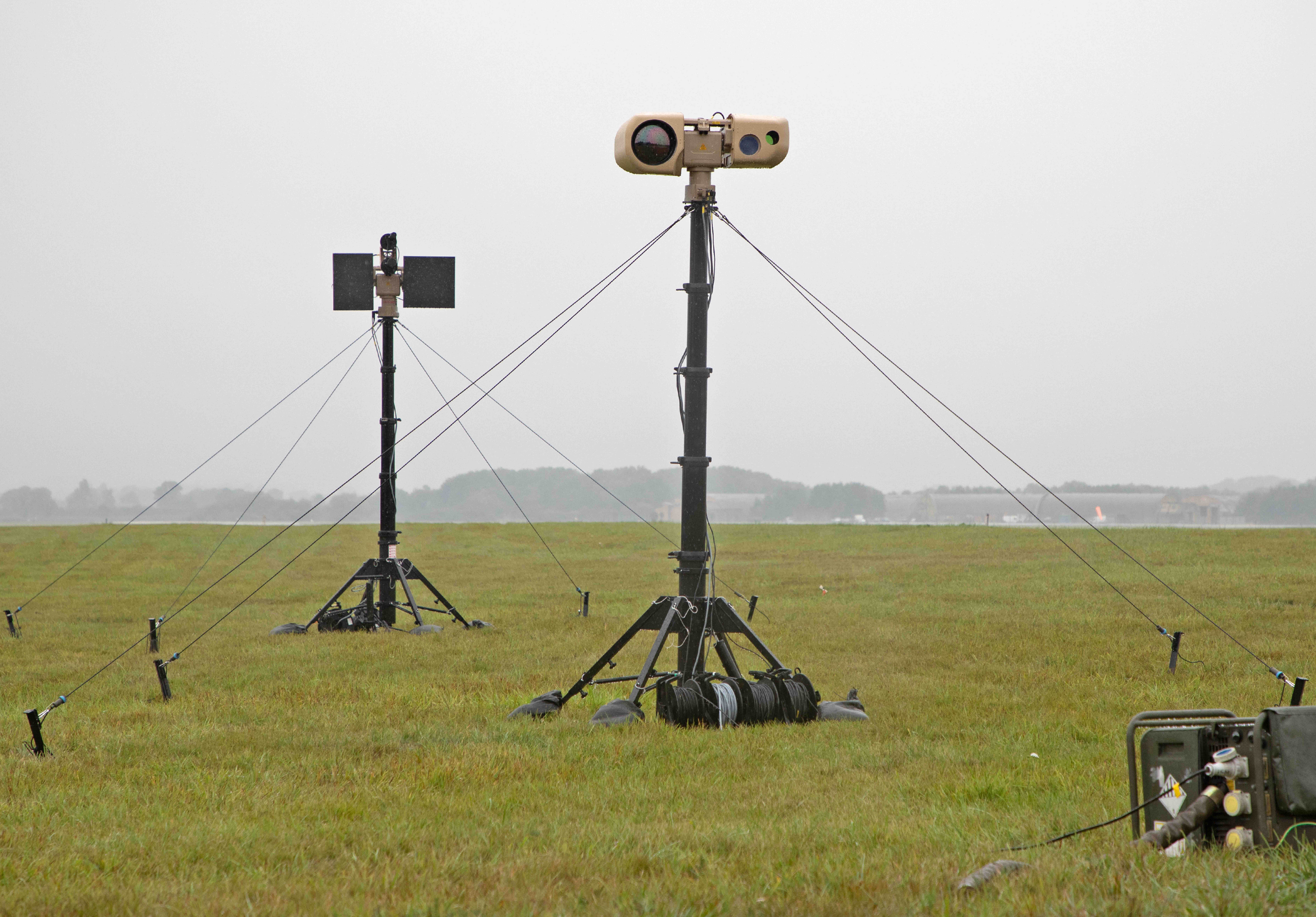
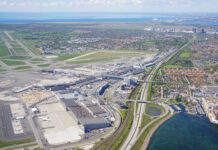
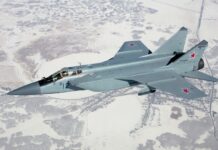
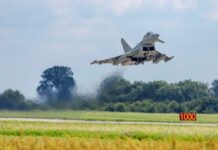
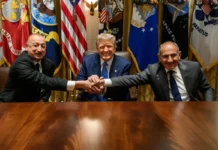


![Hybrid navies: Integrating uncrewed capability into carrier strike The US Navy (USN) carrier USS John C Stennis (left), the French Navy carrier FS Charles de Gaulle, and elements of their strike groups are pictured sailing together in US Fifth Fleet’s area of operations. The US, French, and UK navies are all developing ‘hybrid’ crewed/uncrewed mixes for their carrier airwing capability. [US Navy]](https://euro-sd.com/wp-content/uploads/2025/09/2-HST-CdG-USN-Kopie-218x150.jpg)